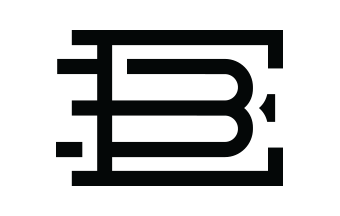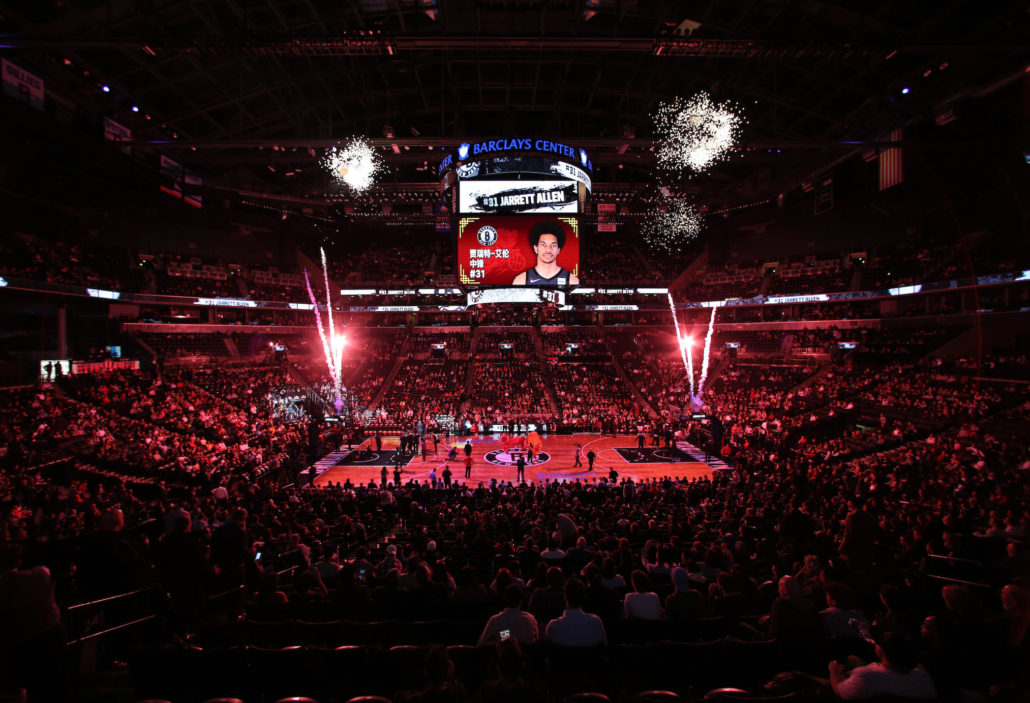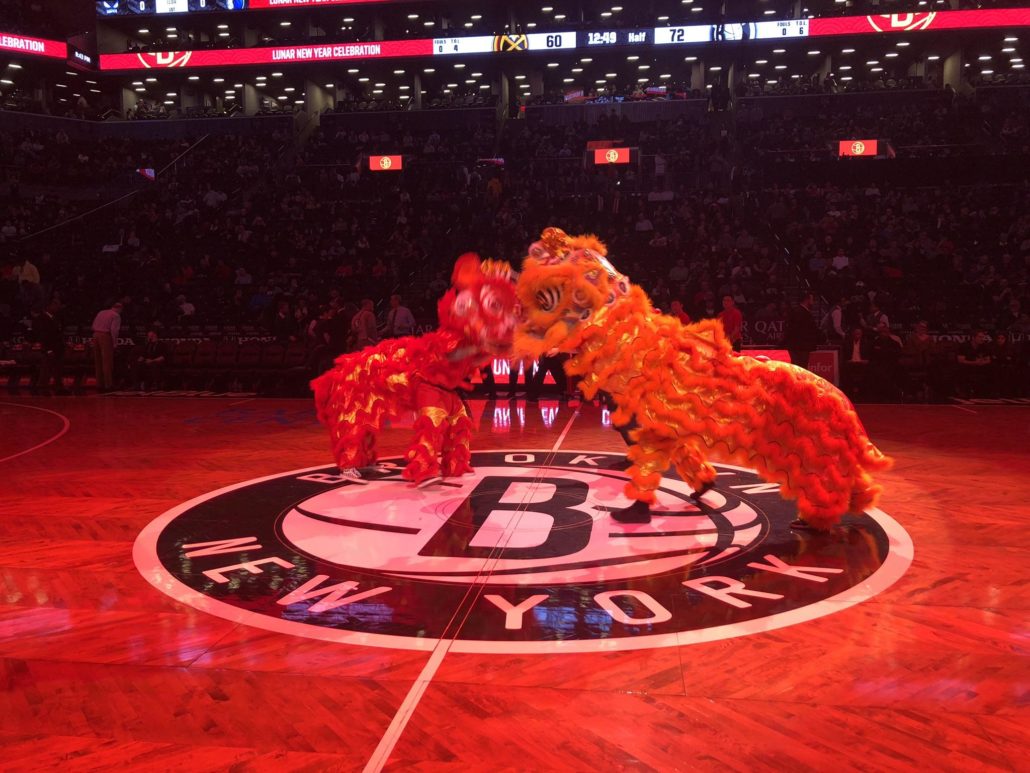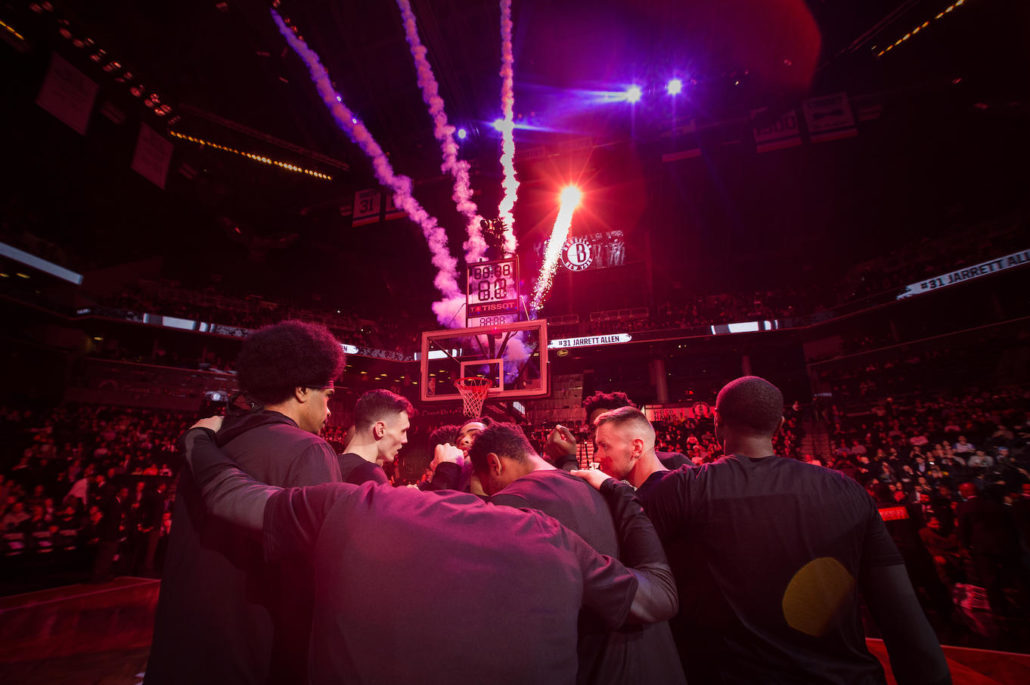A dive into rebranding – cover story from New Orleans City Business leading with my Lucid rebrand. I’d link, but it’s 100% paywalled. Short take: it takes a lot of self-knowledge to rebrand really well.
Article by Natalie Chandler. Originally published in NOCB on July 28, 2016.
Things had become a bit confusing at Federated Sample five years after its launch.
The New Orleans-based market research firm had doubled in size, expanding into the software, data and customer insight sectors while still offering its customers access to a large database of consumer surveys. Federated Sample also had a business unit with the same name and plans to add offices in London, New Delhi and New York.
A renaming and rebranding was announced in 2015. Federated Sample became Lucid, a nod to its goal to become clearer.
“It’s a clean way to say who we are. No matter which unit of Lucid you’re dealing with, you’re dealing with a company that is transparent and is making the unknown known and getting real human answers,” said Elizabeth Brooks, an investor in the startup who acts as its chief marketing officer. “We thought we needed a name that could embrace all three business units and speak to the core values of the company and the brand.”
Whether it’s to freshen up a stale image, find a new voice or revamp because of an adjustment in ownership and structure, rebranding remains a popular path with the potential for success or pitfalls.
Several local firms have announced plans this year to rebrand, change names or otherwise overhaul their appearances. Chaffe McCall LLP recently rolled out a new logo. Our Lady of Holy Cross College became University of Holy Cross. And the New Orleans Zephyrs could become the New Orleans Baby Cakes, Crawfish, King Cakes, Night Owls or Po’Boys, among other names suggested in a renaming contest for the baseball team.
A company’s brand is “how you walk and talk and look,” said Eddie Snyder, chief creative director for PURE, an ad agency that recently moved into the Central Business District from New York City.
“It’s the ethos and pathos of a brand that comes across in the language and swagger and attitude. There’s an attitude, and you have to maintain that,” said Snyder, a former vice president and executive creative director at Peter Mayer Advertising who has worked with clients on branding.
“How will they like me? Why will they want to use me? Why do they want me on their counter, or why will they want to wear me?” he said.
Branding and re-branding can have varying outcomes, depending on whether a company’s product needs changes or it has failed its customers. It may not be necessary – ice cream giant Blue Bell survived its recent brush with listeria because of its tremendously loyal following, Snyder noted.
But other popular brands have had to re-adjust. Snyder recalls being hired to re-introduce Coke Zero after the company had spent “a tremendous amount of money” on initial ads that failed to convey how it was different from Coke.
“I think the most important thing is to be true to the consumer,” he said. “A lot of times with rebranding, you’re not (doing it) for the benefit of the CEO or board. You’re rebranding for the honor of the brand and the consumer – so the consumer can believe in you, so they want you in their lives, so you can develop a tighter, better relationship.”
After the 2010 oil spill, BP changed its logo into a greener, more organic image to foster a more favorable public opinion. Gap’s attempt to ignite more interest in its clothes ended with the firm reverting back to its more familiar logo. Radio Shack met the same fate when it morphed into “The Shack” in 2009.
Elyria Kemp, associate professor of marketing at the University of New Orleans, recommends that companies consider if rebranding is necessary, since consumers “equate a steady brand with reliability.” A rebranding effort may be needed more if the firm is merging with or acquiring another, or if its target audience has changed, or if the company is undergoing a philosophical shift, she said.
That was the case with the New Orleans Pelicans’ name change, which “was supposed to represent and embody the culture and resolve of the Gulf Coast, and it also symbolized Louisiana’s coastal restoration initiative,” she said.
In Lucid’s case, the firm’s leaders spoke with shareholders and employees before rebranding. The process included a new website and logo, redesigned business cards and signage and changes to the office. Clients were notified before the news was circulated to the media.
But most importantly, Lucid’s staff got on board first, Brooks said.
“It was received incredibly well,” said Brooks, who has helped other firms rebrand. “It was having a core brand that everyone could be proud of.”
“My advice is, do your work beforehand,” she added. “Don’t leap before you look. Talk to stakeholders and employees, get input from your customers. Really figure out who are you today, who do you want to be tomorrow?”




